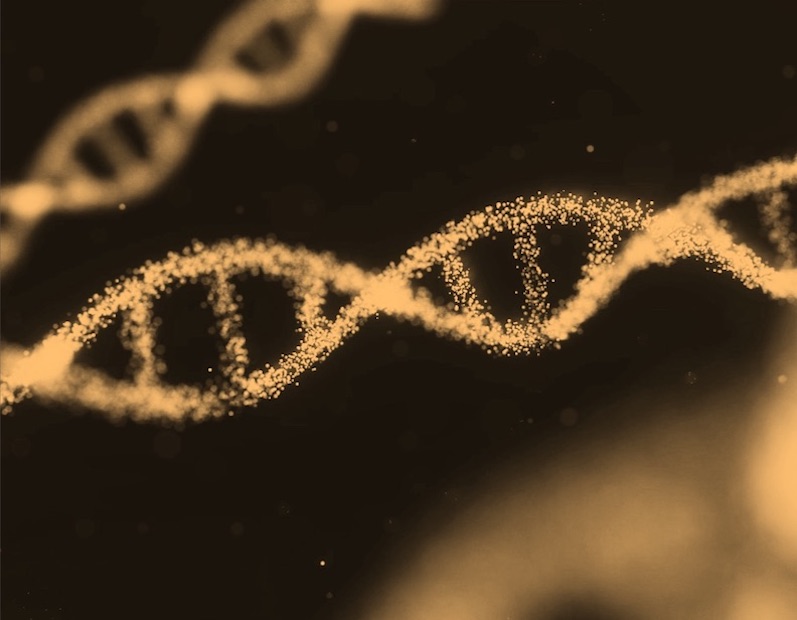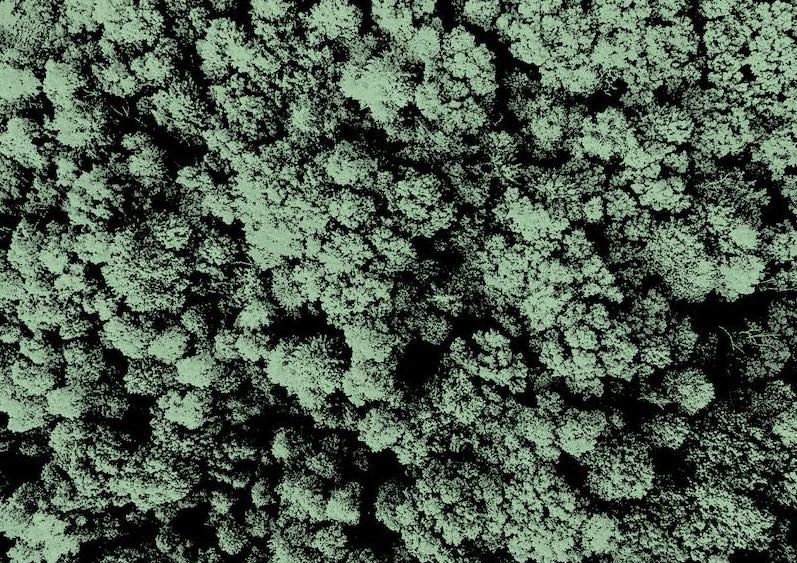What is it about?
Accurate predictions for Drug-Target Interactions (DTIs) will improve the drug development and delivery efficiency. In recent years the DTI data has been accumulated rapidly and it is hot for using Deep Learning (DL) technologies for DTIs prediction however still designing a light learning framework is a challenge by the protein descriptions. In drug-target interactions, computational techniques are widely employed because experimental techniques are highly resource-intensive and consume time. This paper evaluates a design of Convolutional Neutral Network (CNN) System for Discriminate Drug Target Interactions with over Sampling Technique SMOTE. A Heterogeneous Graph Attention (HGAT) method for learning the bidirectional ConvL STM layers and compound molecules topological information to model the spatio-sequential information in drug data SMILES (Simplified Molecular-Input Line-Entry System) sequences. Over-sampling SMOTE (Synthetic Minority Oversampling Technique) method is used for overcoming datasets imbalance issue and employed CNN algorithm is used as a classifier for DTIs prediction. Various parameters are considered on the benchmark dataset for the performance evaluation of described approach and will achieve high accuracy. The obtained results demonstrate that this presented approach involves the balancing technique effectiveness and classifier is employed for discriminating the interactions between targets and drugs.
Featured Image
Why is it important?
Accurate predictions of DTIs are crucial for improving the efficiency of drug development and delivery processes. By accurately identifying interactions between drugs and their target proteins, researchers can streamline the drug discovery pipeline, potentially accelerating the development of new therapeutics. Computational techniques for DTI prediction offer a more efficient alternative to experimental methods, which are often resource-intensive and time-consuming. Leveraging computational models, such as CNN systems, enables researchers to analyze large datasets and identify potential drug-target interactions more rapidly.
Perspectives
Accurate predictions of DTIs have the potential to significantly improve the efficiency of drug development and delivery processes. By identifying potential interactions between drugs and their molecular targets, researchers can prioritize candidate compounds for further investigation, accelerating the drug discovery pipeline. Computational techniques for DTI prediction offer a cost-effective alternative to experimental methods, which are often resource-intensive and time-consuming. Leveraging computational models allows researchers to screen large databases of compounds and targets efficiently, narrowing down the search space for experimental validation.
Balajee Maram
SR University
Read the Original
This page is a summary of: Convolution Neural Network System for Discriminate Drug Sampling Technique SMOTE, April 2022, Institute of Electrical & Electronics Engineers (IEEE),
DOI: 10.1109/csnt54456.2022.9787673.
You can read the full text:
Contributors
The following have contributed to this page







